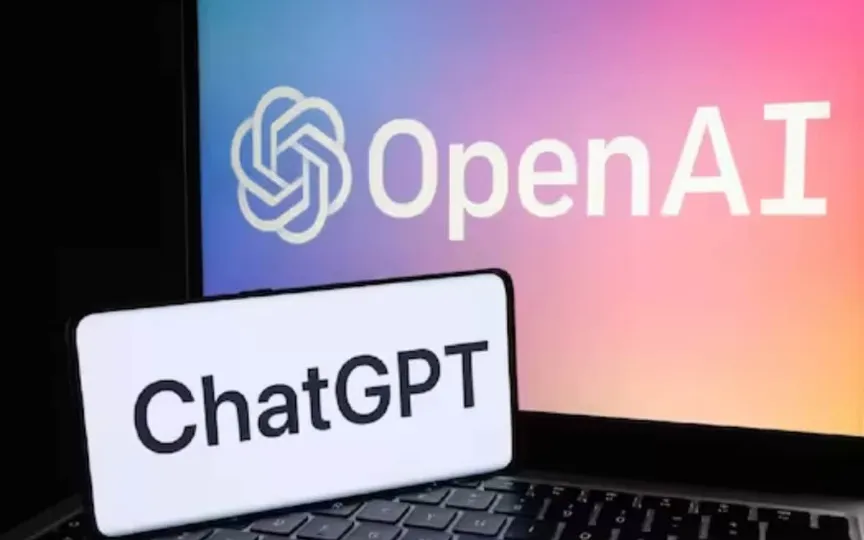ChatGPT: OpenAI’s AI-Powered Classroom Revolution!
OpenAI, whose generative artificial intelligence products initially sparked fears of widespread homework cheating, is now exploring ways to bring its popular ChatGPT chatbot into classrooms, according to senior management.
Brad Lightcap, chief operating officer of OpenAI, said at a conference in San Francisco that the company is forming a team to explore educational applications for the technology, which has threatened to upend industries, spawned new legislation and become a popular learning tool.
“Most teachers are trying to figure out ways to incorporate (ChatGPT) into their curriculum and teaching style,” Lightcap said at the INSEAD Americas conference last week. “We at OpenAI are trying to help them think about the problem, and probably next year we’ll start a team whose sole purpose is to do that.”
Lightcap’s comments were not previously reported. INSEAD is a global business school.
Backed by billions of dollars from Microsoft, OpenAI kicked off the generative AI craze last November with the release of the ChatGPT chatbot, which became one of the world’s fastest growing apps.
Trained on data, generative AI can create brand new human-like content, helping users write theses, complete science homework, and even write entire novels. After ChatGPT’s launch, regulators scrambled to catch up: the European Union revised its AI law and the United States began regulatory action on AI.
The mid-term launch also caught teachers off guard when they realized it could be used as a cheating and plagiarizing tool, which then led to a backlash and school suspensions.
“The teachers thought it was the worst thing that had ever happened,” Lightcap said.
But within a few months, teachers began to see how ChatGPT could be useful, he said.
The new OpenAI team would be a continuation of the work the company has already done to integrate its technology into the classroom. “We see AI as a powerful tool that can aid learning and education, and we’re encouraged by the ways educators have considered how tools like ChatGPT can be useful,” the spokesperson wrote in an email. “We are engaging with educators across the country to let them know about ChatGPT’s capabilities and our ongoing work to improve it.
“This is an important conversation so that they are aware of the potential benefits and abuses of AI and understand how they might apply it to their classrooms.”
OpenAI has partnered with education groups such as Khan Academy to create an AI-powered tutor and Schmidt Futures to provide grants to education groups in underserved communities.
The market is big: global education spending will reach $10 trillion by 2030, estimates Sydney-based research company HolonIQ.
There are countless ways to use ChatGPT in classrooms, said Andrew Mayne, a former OpenAI employee who works with educators through his AI consulting firm Interdimensional. For students, it can be a tutor or it can tailor content to different learning styles. For teachers, it can help with curriculum writing or be a creative assistant in the classroom, for example creating presentations in Old English from the Middle Ages in class.
“ChatGPT doesn’t judge you,” he said. “Students are afraid to ask questions in class.”
Others see a potential quagmire of children’s privacy issues if chatbot use is promoted in schools. In many countries, different online data protection laws apply to children. Although users must be over 13 years of age to use ChatGPT, and parental consent is required for users between 13 and 18 years of age, age verification is not available in most countries.




